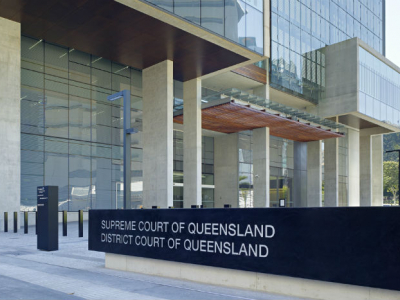In this audit we examined how well Queensland’s criminal justice entities capture, report and use data, ensuring its reliability and integration across the justice system.
‘Criminal justice system entities’ (for the purpose of this report) include the Queensland Police Service and the Department of Justice and Attorney-General, through its Queensland Courts Service, Queensland Corrective Services, and Office of the Director of Public Prosecutions.
The state’s criminal justice system prevents, detects, and investigates crime. It delivers judicial processes, manages prisoners and offenders, and provides rehabilitation services.
We assessed the timeliness, accuracy, and completeness of crime data. Also how the criminal justice entities report and exchange this data.
This is the second of two reports from this audit. The first, Criminal justice system – prison sentences (Report 4: 2016-17), assessed how effectively criminal justice entities capture and use data for calculating and administering prison sentences.
Recommendations
|
1. |
Improves its offence standards and classification guidelines. (Chapter 2) Improvements are to include clarifying the definitions of offences and the rules and examples for classifying and re-classifying offences. |
|
2. |
Strengthens its independent quality assurance processes for data capture, classification, amending, updating, and reporting of crime data. (Chapter 2) Improvements are to include clarifying the definitions of offences and the rules and examples for classifying and re-classifying offences. Strengthening quality assurance should have regard to:
|
|
3. |
trains all staff responsible for crime data integrity and quality appropriately. (Chapter 2) Staff should be trained in the Queensland recording guidelines, national crime recording standard manual, and the Australian and New Zealand Standard Offence Classification. We recommend that the Queensland Police Service and the Public Safety Business Agency: |
|
4. |
ensure there are appropriate guidelines, policy, and training for reporting, classifying, and managing crime statistics. (Chapter 2) |
|
5. |
include in reported crime statistics detail of what is included and excluded from the statistics. (Chapter 2) For example, noting that cleared offences includes both solved and withdrawn offences will improve the reader's understanding of what this measure is reporting. We recommend that the Department of Justice and Attorney‑General: |
|
6. |
reviews its quality assurance practices for data extraction scripts for reporting of corrective services measures. (Chapter 2) We recommend that the Queensland Police Service, the Department of Justice and Attorney‑General and the Public Safety Business Agency: |
|
7. |
collaborate with relevant agencies and stakeholders to progress integrating the criminal justice system. (Chapter 3) We recommend that the Queensland Police Service, the Department of Justice and Attorney‑General and the Public Safety Business Agency: |
|
|
